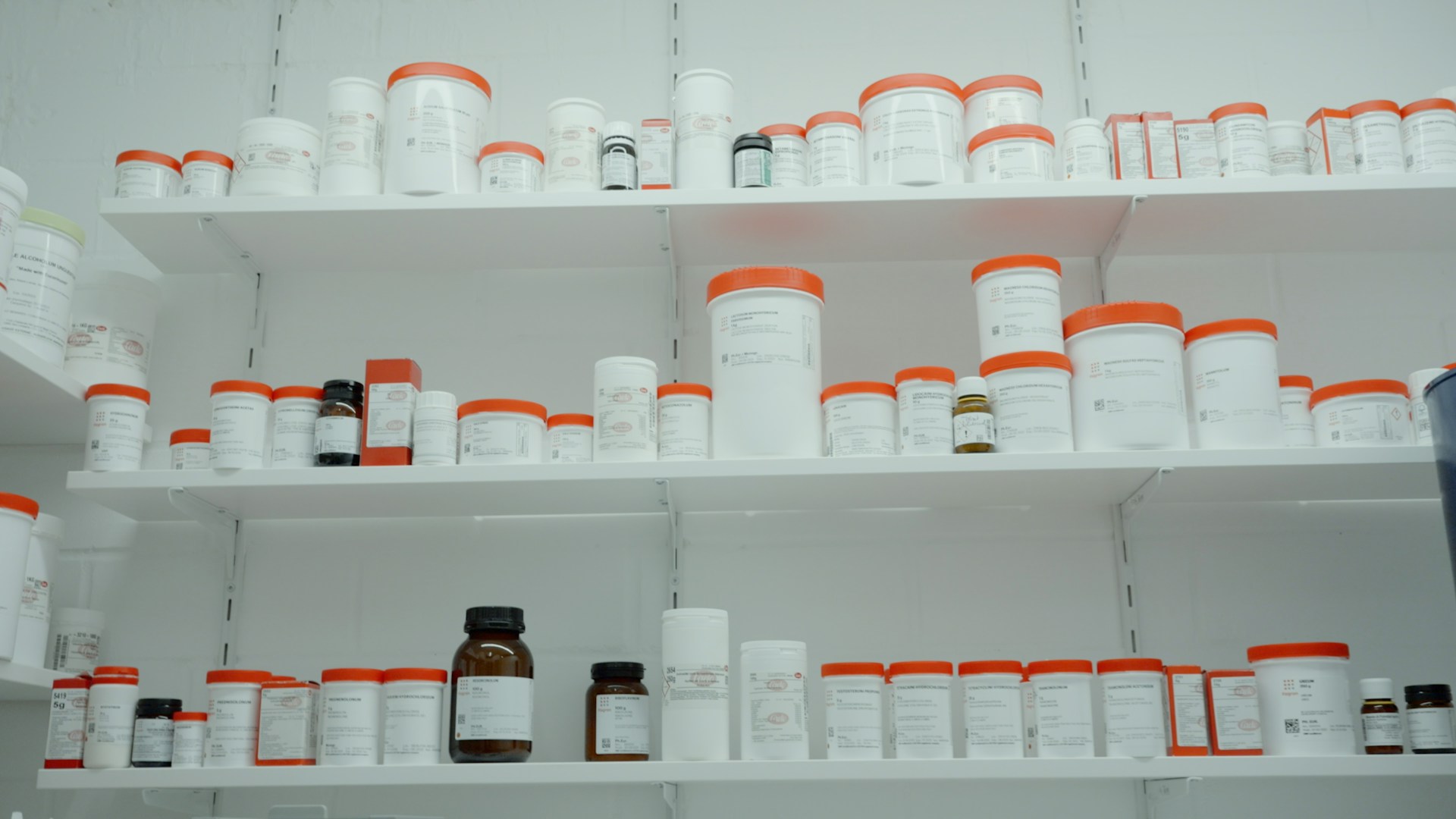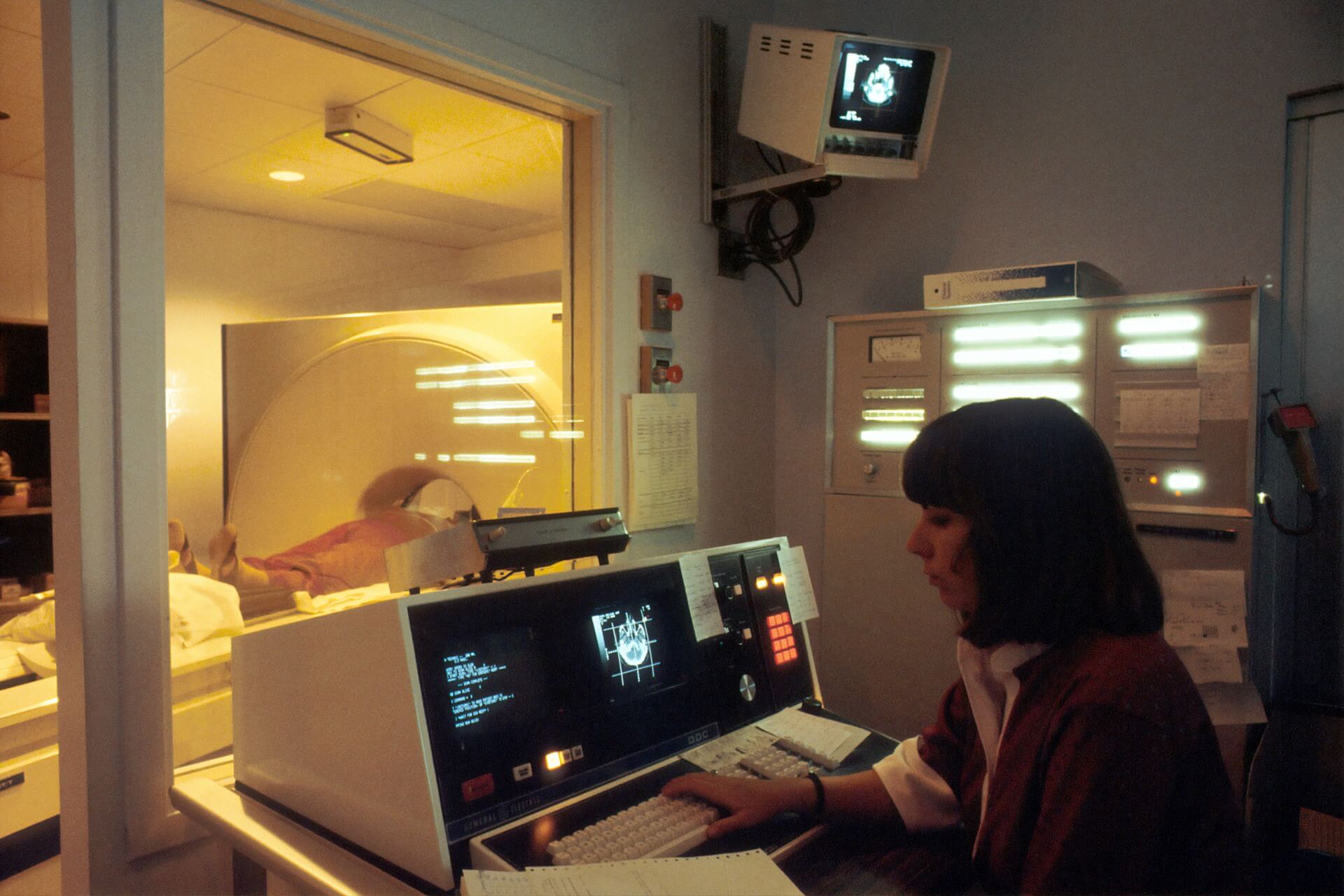
Resilience Is Crucial for Pharmaceutical Supply Chains
February 23, 2021 - Emily Newton
Revolutionized is reader-supported. When you buy through links on our site, we may earn an affiliate commission. Learn more here.
Massive events, including COVID-19 and Brexit, exposed how quickly pharmaceutical supply chains can break down. Such weaknesses are especially worrying when shortages and delays affect the availability of pharmaceutical goods. People got fed up when they had trouble sourcing toilet paper and shelf-stable foods that were once in plentiful supply.
However, overstretched supply chains can become exceptionally dire when the in-demand goods are life-saving drugs or ingredients for pharmaceutical products.
That’s why pharmaceutical manufacturers must take prompt action in making their supply chains stronger and more stable when faced with possible disruptions. Here are some proactive steps they can take now to get a more resilient pharmaceutical supply chain and recover faster once difficulties occur.
Assess Options for Localizing the Manufacturing Footprint
Having manufacturers or suppliers centered in one nation or region can quickly cause problems for pharmaceutical brands. That approach avoids the kind of flexibility that makes supply chains stronger. Many companies faced that problem by relying too much on single, distant countries to meet their needs.
Sam Roscoe, a senior operations management lecturer at the University of Sussex, advocates for creating a “parallel” supply chain. He explained, “The idea is to have an element of local drug manufacturing for critical drugs, maybe 20%, with the rest maintained overseas.” However, he believes this approach requires a fundamentally different viewpoint from pharmaceutical executives.
Roscoe shed more light on the problem by clarifying, “Are we really about saving money and keeping costs as low as possible, or are we trying to build resilience into our supply chain? At the moment, it is so clustered in China and India [that] it creates a lot of risk. If they don’t begin to spread this manufacturing footprint, these issues are going to keep happening.”
Many manufacturers initially decide to source from distant locations because they can get lower prices. Even if it costs more to get goods from local suppliers, entities may still save money on inventory-carrying costs. They could also become better protected against unforeseen events such as export bans or trade wars by keeping things more localized.
Adopt a Long-Term Viewpoint When Considering Solutions
The delicate nature of the pharmaceutical supply chain is a growing concern among the sector’s experts. They point out that solving problems now makes pharmaceutical companies stronger immediately, and for years to come.
Ronald T. Piervincenzi, the CEO of nonprofit organization U.S. Pharmacopeia (USP), emphasized the future impact when speaking about a report detailing current supply chain shortcomings in the medical and pharmaceutical sectors:
“Many of the challenging issues we face in health care are recurring and persistent … We must plan for the health care future we want, or we risk an erosion of trust and failure to fully benefit from promising innovations in health and medicine.”
Piervincenzi also emphasized how more robust supply chains can lead to improved trust:
“During the COVID-19 pandemic and beyond, trust is needed to ensure the integrity of our medicines and the global medicines supply chain. The decisions we make now, and in the months following this crisis, will have a lasting impact on the future of health care, trust in medicine, and in building resilient supply chains.”
When company decision-makers ponder making their pharmaceutical supply chains stronger, they must avoid choosing quick fixes. The ideal approach is to assess how any changes made now could have both positive and negative consequences down the line.
Consider the Widespread Effects of Shortages
A complication of pharmaceutical shortages is that specific ingredients and chemical compounds get used for various purposes. That means deficiencies could cause bigger and longer-lasting problems than people initially anticipate. When assessing supply chain weaknesses, pharmaceutical brands must remember the numerous ways in which clients depend on their products.
For example, dimethyl sulfoxide (DMSO) is a colorless liquid that scientists eventually discovered could penetrate the skin and other biological membranes. This capability makes it an extremely versatile chemical compound. For example, doctors use it to treat interstitial cystitis — inflammation of the bladder. Moreover, DMSO is the most widely used medium for the cryopreservation of living cells and tissue.
In December 2019, Northern Health, a publicly funded Canadian health care organization, announced a DMSO shortage expected to last until at least January 2020. This issue caused the group to recommend an alternative intervention for interstitial cystitis. They urged practitioners to reschedule treatments if feasible. Fortunately, the problem has since resolved. However, it illuminates how shortages could turn into lengthy events that negatively affect patient livelihood and limit practitioners’ treatment options.
Moreover, a study of acute care facilities in the United Kingdom found that 55.2% required more than two months to resolve shortages for various drugs. The out-of-stock supplies ranged from injected lidocaine and ketamine to aciclovir infusion solution. If a pharmaceutical manufacturer regularly experiences shortages that take a long time to resolve, clients will look for other options. Thus, having a more resilient supply chain bolsters marketplace competitiveness.
Use Modeling Tools to Predict the Effects of Disruptions
Pharmaceutical executives who think their supply chains can avoid shocking effects are in for unpleasant surprises. Research published by McKinsey & Company revealed that supply chain shocks suffered over a decade could cost medical tech companies the equivalent of 38% of a year’s earnings.
The study also showed that disruptions vary in their frequency, lead time and severity. However, they occur regularly, which means companies must prepare for them. Researchers who looked into the matter examined the effects of various catastrophes, too. They found that issues like terrorism and hurricanes could cost hundreds of billions of dollars or more.
Such details highlight the necessity of companies using models to determine which disasters are most likely to affect them. After getting those specifics, it’s easier to prioritize the weaknesses to fix first. No company can become wholly protected against all supply chain issues. However, leaders can become more proactive by learning about their current shortcomings, then taking steps to address the most prevalent ones.
Models don’t tell companies exactly what will happen in the future, of course. However, they could shed light on inefficiencies and previously overlooked problematic scenarios.
Awareness Can Build a More Resilient Pharmaceutical Supply Chain
Companies that are often most affected by supply chain shocks may have failed to prepare for inevitable complications. Building a more resilient supply chain is not an overnight effort. However, investing time and energy into it by considering the tips suggested here and other best practices can help enterprises make meaningful strides in becoming safeguarded against future problems.
Pharmaceutical brands should also view supply chain improvements as ongoing efforts. New regulations, demand spikes, the aging population, and decreasing biodiversity could impact the industry’s future ability to meet needs. Planning now can help enterprises weather any storms on the horizon.
Revolutionized is reader-supported. When you buy through links on our site, we may earn an affiliate commission. Learn more here.
Author
Emily Newton
Emily Newton is a technology and industrial journalist and the Editor in Chief of Revolutionized. She manages the sites publishing schedule, SEO optimization and content strategy. Emily enjoys writing and researching articles about how technology is changing every industry. When she isn't working, Emily enjoys playing video games or curling up with a good book.







